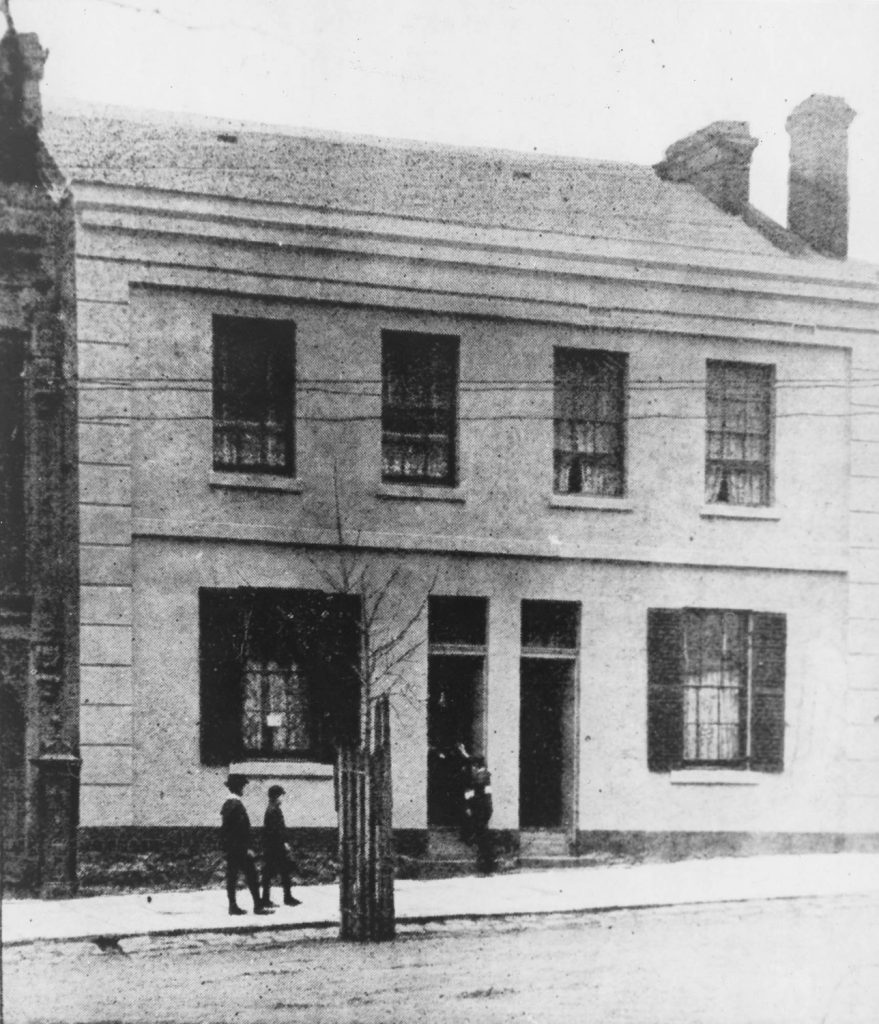
The Melbourne Free Hospital for Sick Children Established
September 9th, 1870
Dr William John Smith and Dr John Singleton opened the hospital in a six-bedroom house located at 39 Stephen Street.

Committee of Management Established
September 9th, 1870
The committee was run and populated predominantly by women until 1940.
Image credit: PROV, VA 1239 The Royal Children’s Hospital, VPRS 16796/P1 Minutes of the Committee of Management (1870-1992), Unit 1 (Minutes 1870 -1872). Digitised copy.

First Attending Surgeon
September 9th, 1870
Hospital founder Dr Smith took on the role of attending surgeon.

First Attending Physician
September 9th, 1870
Hospital founder Dr Singleton took on the role of attending physician.
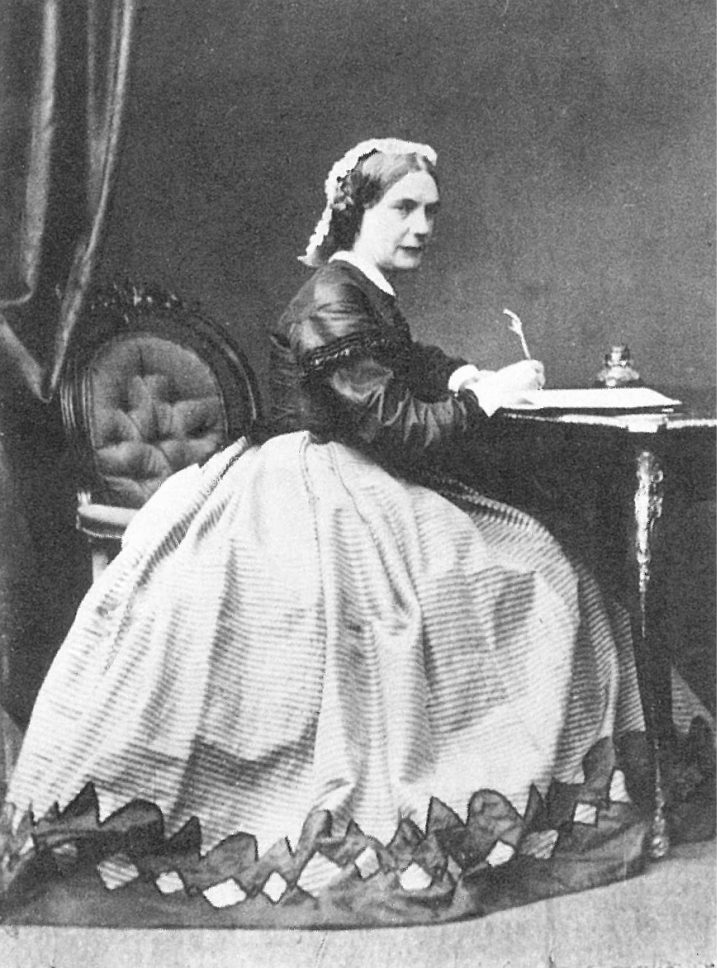
Frances Perry
Perry, wife of the Anglican Bishop of Melbourne, was elected as the first president of the Committee of Management.
First Honorary Physicians and Surgeons
September 9th, 1870
In addition to Dr William John Smith and Dr John Singleton, Dr Motherwell was named honorary consulting physician and Professor Halford, honorary consulting surgeon.
First Nurse for Inpatients
Mrs Bail was the first nurse employed by the hospital. She remained on staff at the hospital until 1878.

First Pharmacist
Robert Singleton, son of Dr John Singleton, ran the medicine dispensary.
Image details: First known photo of the hospital's pharmacy, circa 1917.
Dr John Singleton Resigns
Due to ideological differences, Dr John Singleton withdrew from his hospital commitments.
Dr William John Smith Resigns
Dr Smith was awarded life governorship of the hospital when he resigned in order to establish his own general practice in Casterton.
Doctors William a’Beckett, Joseph Black and Henry Wigg
After the departure of Smith and Singleton, three new doctors were appointed to the position of honorary attending medical officer.
Doctors Edwin James and James Nield
As a result of growth in demand, two more doctors were appointed to the position of honorary medical staff.
Matron Marion Harvey
Harvey was appointed the new role of matron. She had a staff of two nurses; Head Nurse Mrs Bail and Assistant Nurse Anna Ford.

Matron Sarah Anne Bishop
Appointed as matron, Bishop worked in the role until 1899. She had a significant influence on the hospital in its formative years.
First Resident Doctor
The committee decided to create a paid position for a resident doctor. The honorary doctor positions were unpaid, usually held by doctors with their own private practice. The first resident doctor was Dr W.E. Stewart, soon replaced by Dr Charles Hunter.
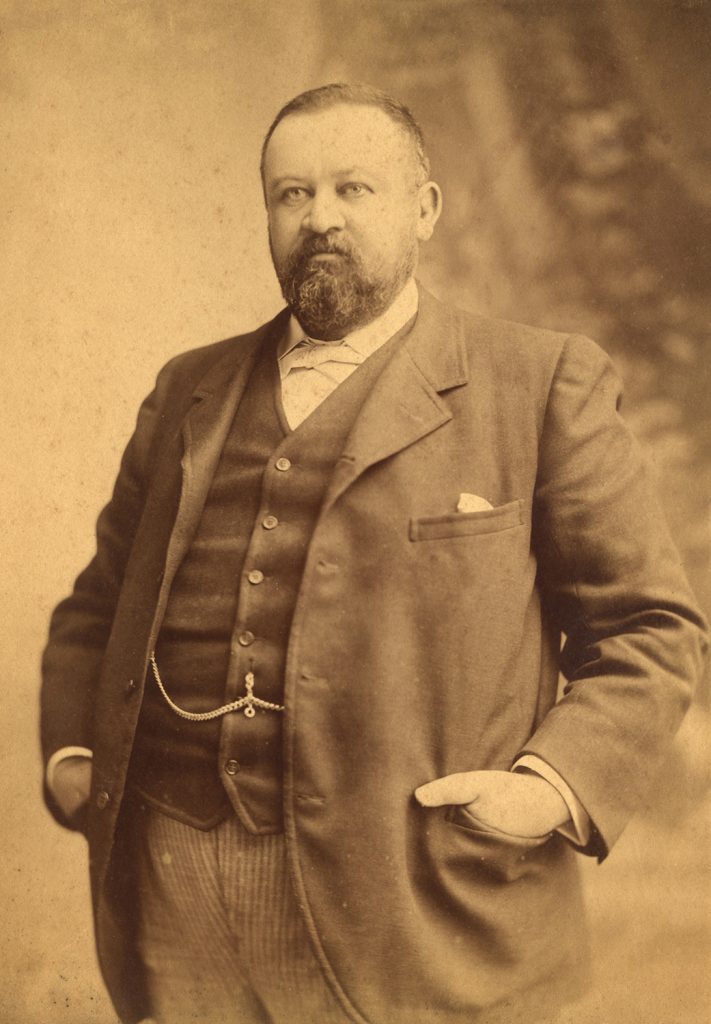
Dr William Snowball
Dr Snowball was appointed resident doctor in 1878 and stayed in the role until 1882. Snowball came to be regarded as the father of Australian paediatrics. He retained an honorary position until his death in 1902.
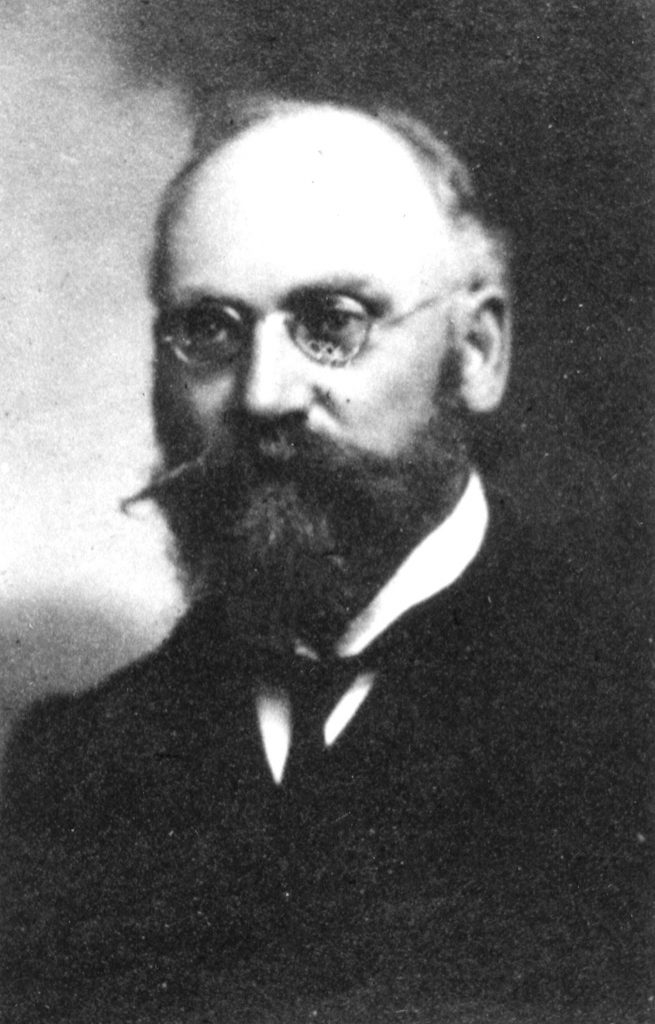
Dr Peter Bennie
Dr Bennie was appointed an honorary position and remained an active member of hospital staff for 36 years. He also lectured in medicine at the University of Melbourne.

Elizabeth Testar
Elected as President of the Committee, Testar took a leading role in building, planning and expansion of the hospital.
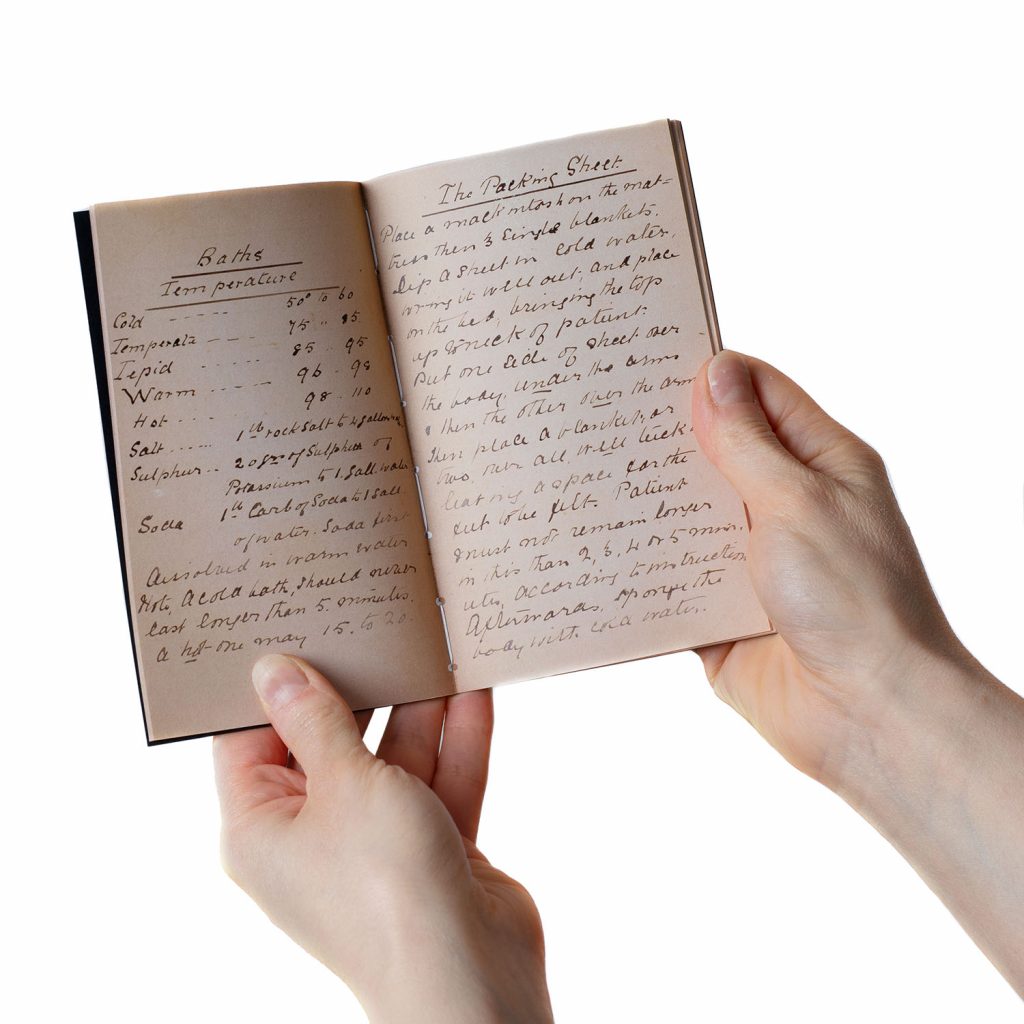
Nurse Rose Vaughan
Vaughan trained at the Children’s and her training notes still exist today.
Image credit: Alvin Aquino
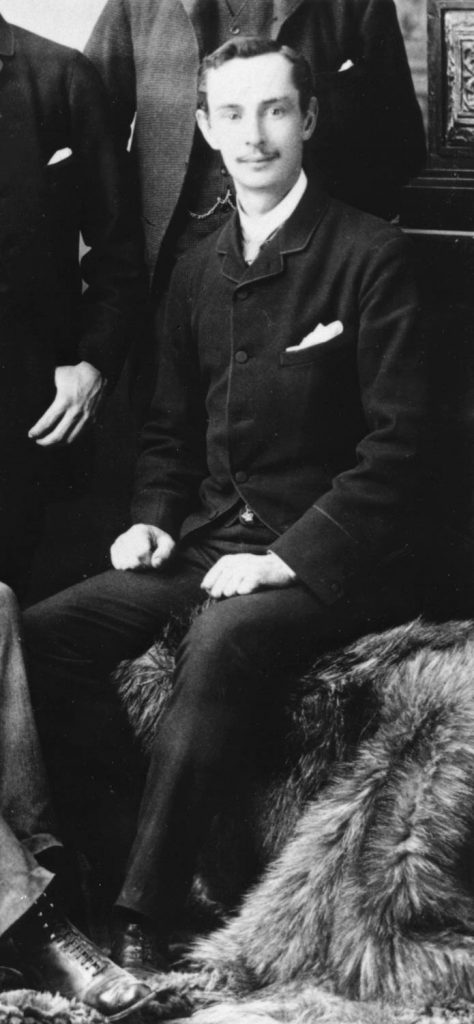
Dr Arthur Jeffreys Wood
Appointed as resident doctor, then made an honorary staff member in 1893, Wood stayed in the role until 1921. He maintained a consultancy position at the hospital until his death in 1937. His research on the ill-effect of bad milk resulted in the prevention of many infant deaths.
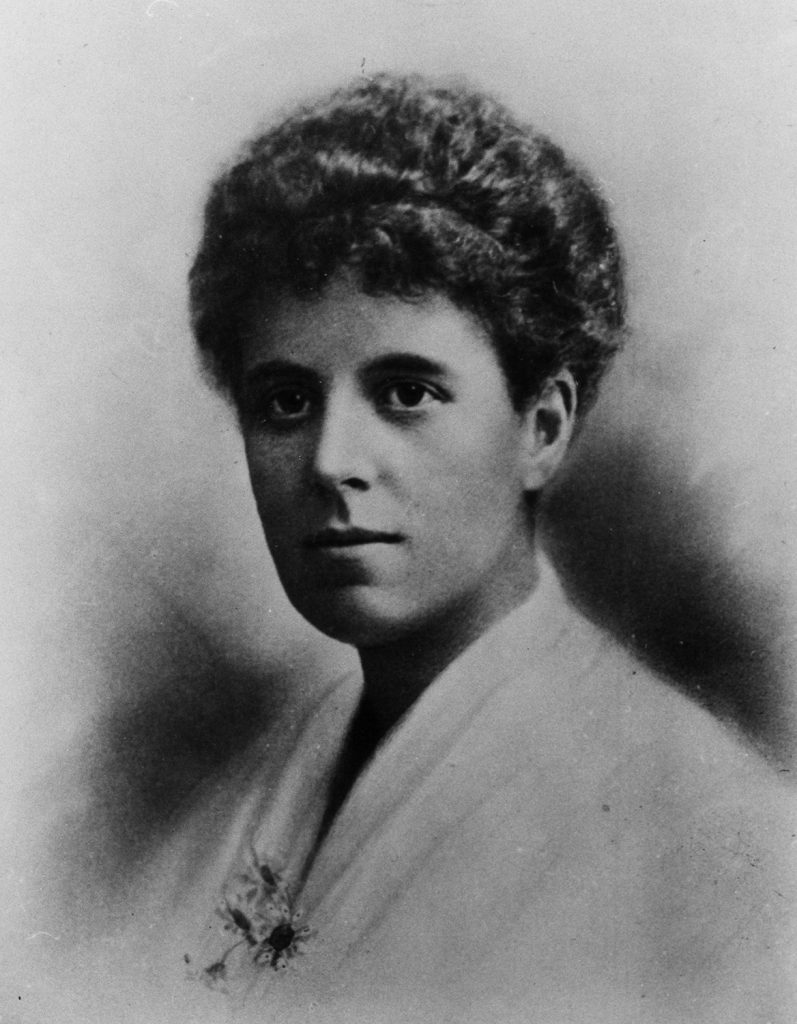
Nurse Grace Jennings Carmichael
Carmichael began nurse training at the Children’s. She was a published poet and her time at the hospital inspired many writings.
Image courtesy State Library of Victoria.

Dr Richard Stawell
Appointed as resident, then honorary staff member from 1893, Stawell retained a position at the hospital until 1914. He was a highly regarded teacher who attracted many medical students to the hospital.
Dr Hamilton Russell
New appointee as honorary staff member, Russell was active at the hospital on-and-off until 1925.
Dr Alan Mackay
New appointee as honorary medical officer, active at the hospital until 1920.

Mary Guthrie
Guthrie became a member of the Committee of Management and played an active role at the hospital until 1931. During the early 1920s Guthrie was instrumental in establishing the Auxiliary service at the Children’s Hospital.

Radiology Department Established
Led by Dr Herbert Hewlett, the hospital kept abreast of diagnostic developments available with this new discipline and was the first Melbourne public hospital with a radiology department.

Dr Ethel Mary Vaughan Cowan
After a one-month trial – without pay – Cowan became the first woman to be made resident doctor.

Matron Hilda Player
Appointed matron, she stayed in the role until 1920.
Re-structure of the Hospital Committee
For the first time, a representative from the honorary medical staff joined the management committee.
Dr Harry Douglas Stephens
First employed by the hospital in 1901, Dr Stephens progressed through the ranks and departments, maintaining a connection with the hospital until his death in 1952.
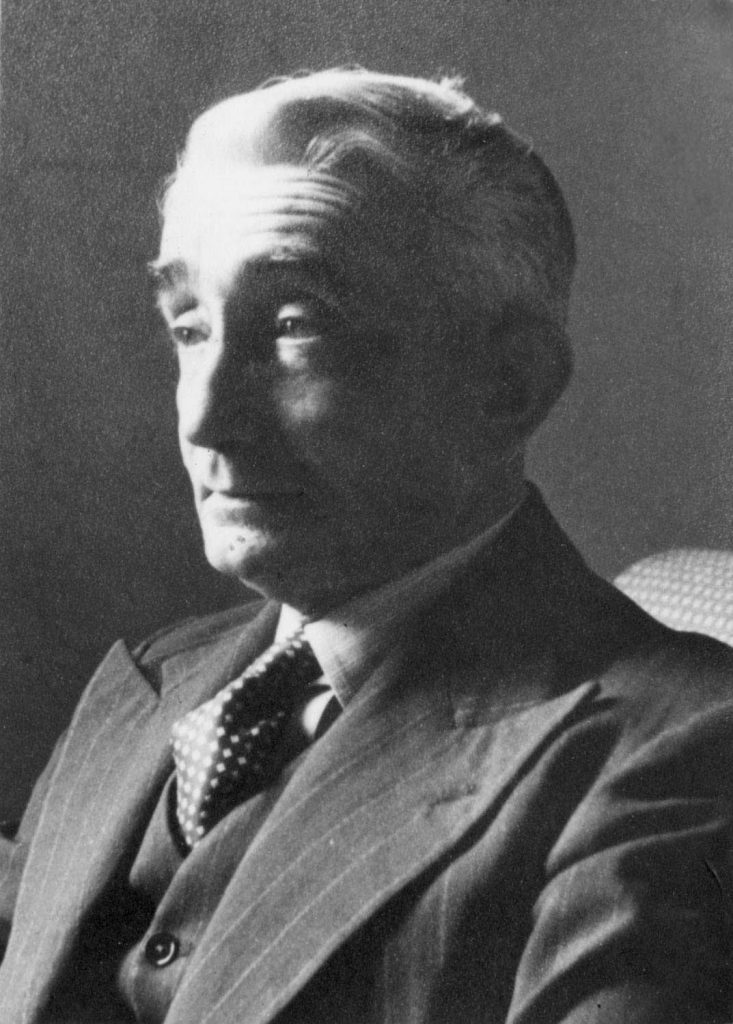
First Full-time Pathologist Appointed
Dr Reginald Webster was the first full-time pathologist at any Melbourne hospital. He stayed in the role until 1947.
Returned Servicemen Are Given Preference for Employment
Nearly every new resident employed was a former soldier and women who had held doctor and surgeon positions during the war were put at a disadvantage.

Dr John ‘Jock’ Whyte Grieve
Grieve became chief resident doctor in 1919 and worked at the hospital until his death in 1948. He was much loved for his gentle demeanour in dealing with patients.

Matron Grace Wilson
Appointed as matron, Wilson was a great advocate for the improvement of working conditions for nurses.
League of Former Trainees and Associates (LOFT) Established
LOFT supports an annual scholarship for nursing research and provides a platform for members to maintain relationships and connections with the hospital.
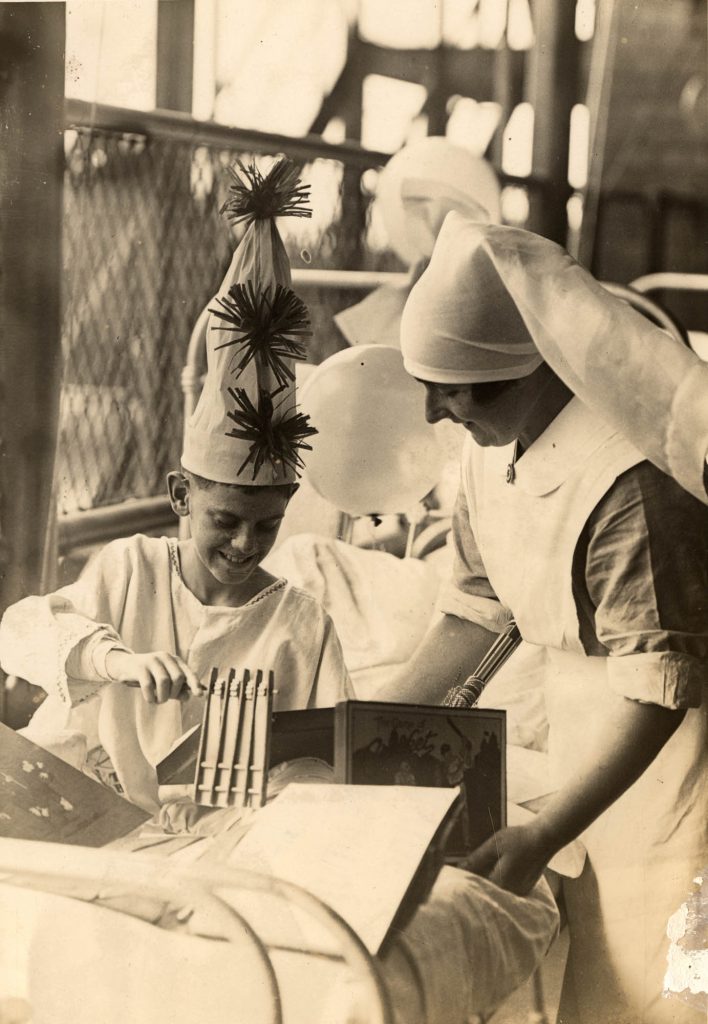
Nurse Ivy Silverthorne Flower
Flower began nurse training in 1921, became a staff nurse in 1924 and was appointed deputy matron in 1934. She remained involved with the hospital until 1962.
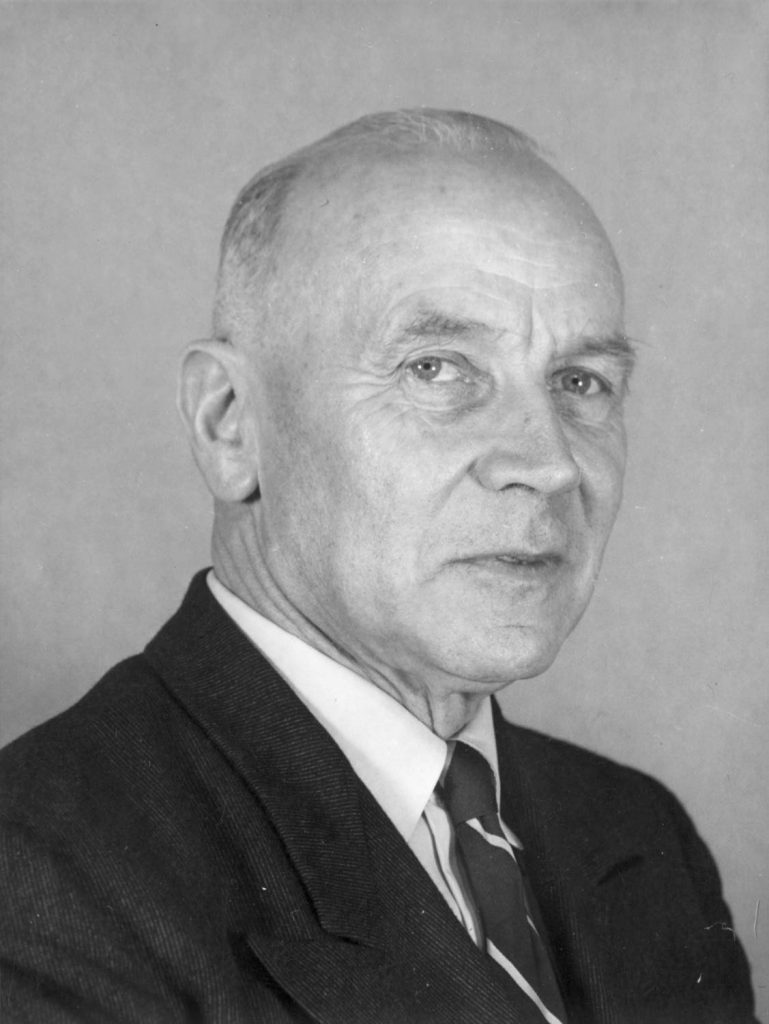
Dr Robert Southby OBE
Beginning as a junior resident, Southby became medical superintendent in 1924. He became lecturer in paediatrics in 1948 and remained involved in paediatrics until his death in 1991.

Matron Hilda Walsh
Appointed as matron, Walsh maintained efficiency and order on the wards. Due to retire in 1940, she stayed until 1947 because of the war.
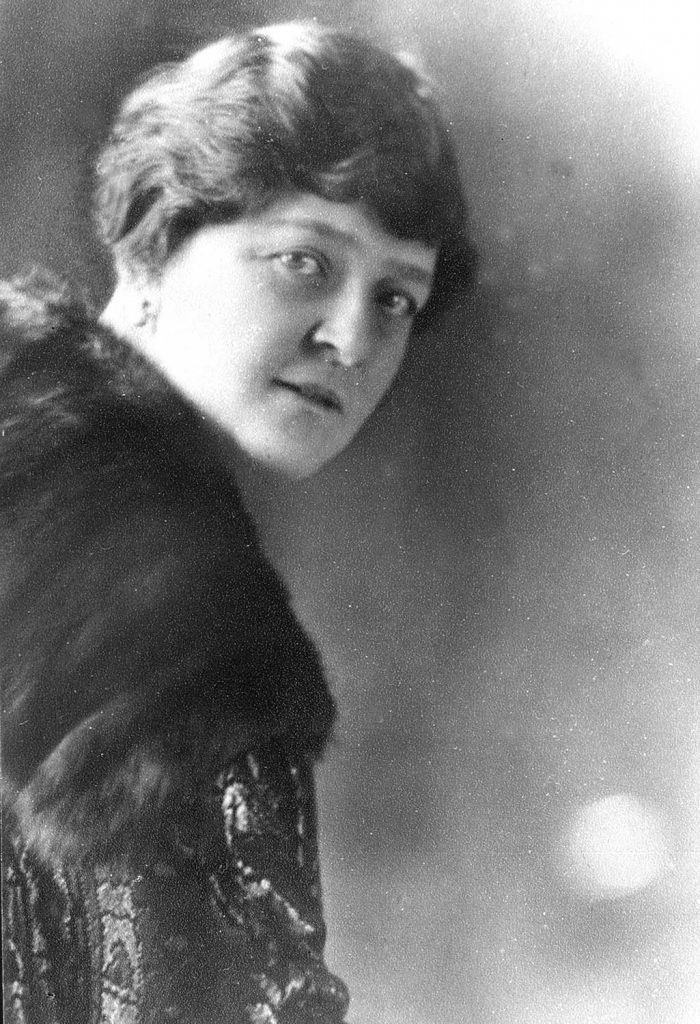
Hilda Mackinnon
As committee president, Mackinnon was responsible for guiding the hospital through the Depression.

Dr Howard Boyd Graham
Appointed to the first medical superintendent role, Dr Graham was interested in the relation between poverty and child health.

Dame Kate Campbell DBE
Though Campbell resigned in 1924 for a role with more responsibilities at The Royal Women’s Hospital, the time she spent with children at the hospital solidified her interest in paediatrics and she became an enormously respected practitioner in the field.
A ‘Changing of the Guard’
The resignation of many stalwart committee members saw a new and fresh outlook for the hospital.

Dame Jean Macnamara DBE
Macnamara was a great advocate for the benefits of physiotherapy. In 1928, she became the first woman to hold full honorary rank. She stayed with the hospital until 1959.

Dr Douglas Galbraith
Dr Galbraith was appointed physician to outpatients and involved with the hospital until 1960. He believed in the importance of holistic care for children, addressing their social, as well as their physical, rehabilitation.
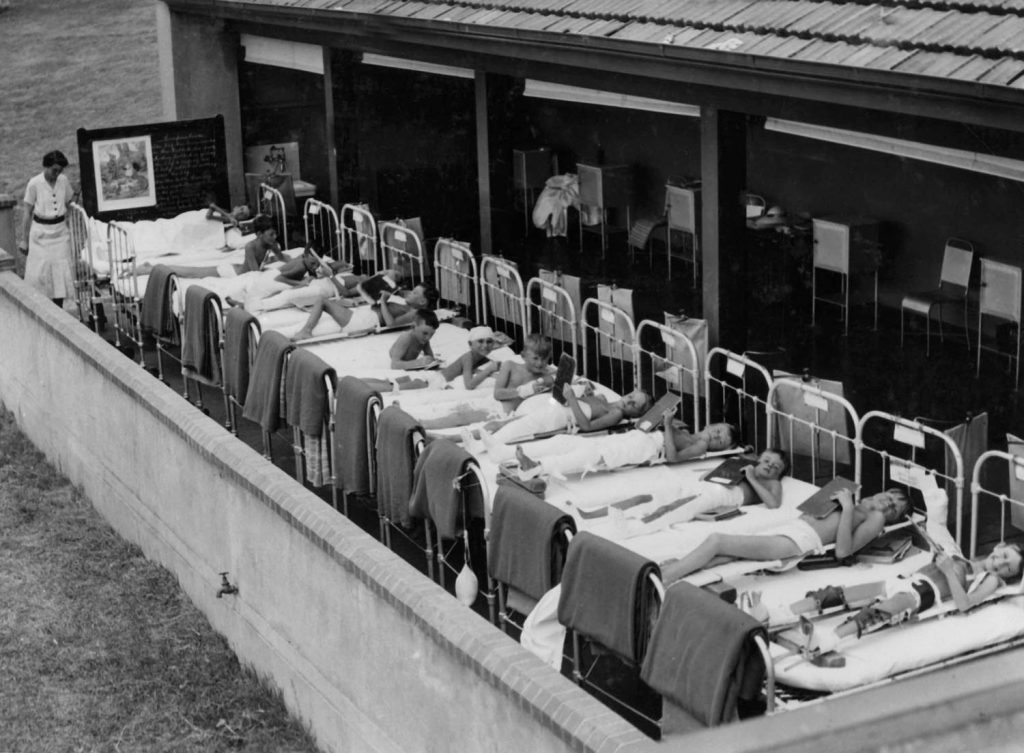
Heliotherapy Introduced to Australia
Doctors who had worked in Europe during the war brought the concept of heliotherapy to Australia. Mr Wilfred Kent Hughes was a particularly strong advocate for the treatment style and a heliotherapy ward was opened at the Hampton Convalescent Home.

Dr John Colquhoun
Appointed as the first medical superintendent at The Children's Orthopaedic Hospital, which was soon to be opened.
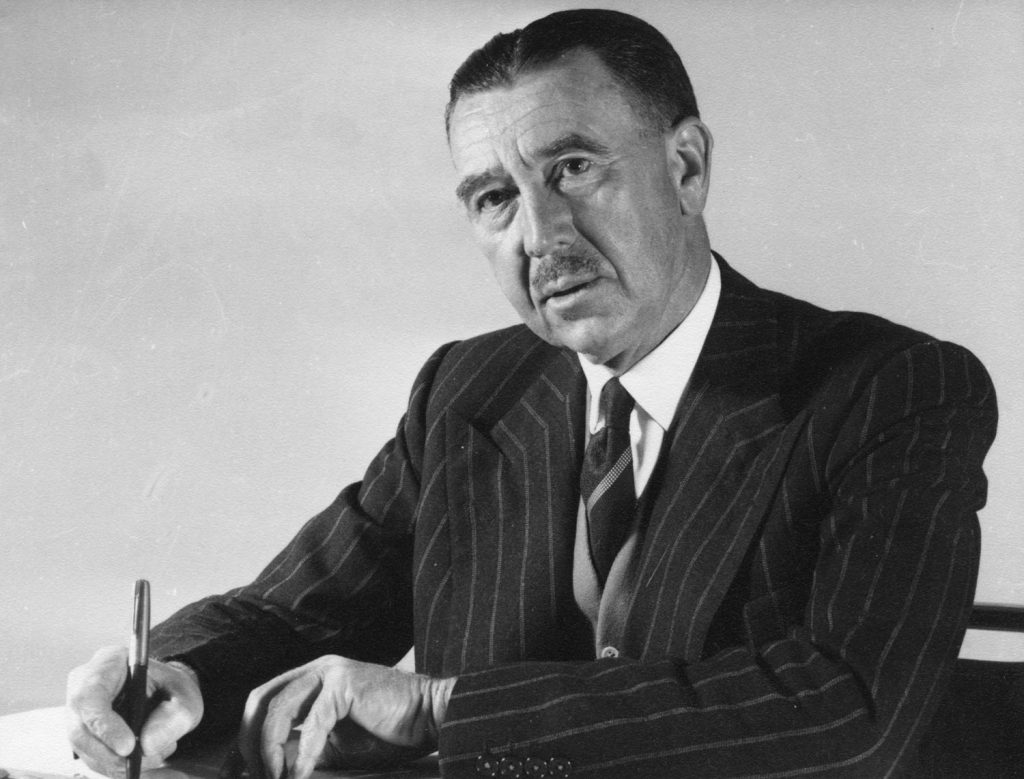
Dr Russell Howard
Howard started as a resident and explored a number of different avenues before focusing on paediatric surgery. He was made chief general paediatric surgeon in 1952 and held this position until his retirement in 1970.

Matron Ina Laidlaw
First matron of The Children's Orthopaedic Hospital. Laidlaw remained in the role until 1950.
Dr Stanley Williams
Williams came to the Children’s as resident, then after more training in England was appointed medical superintendent in 1935. He was an innovative and well-published practitioner.

First Social Worker Employed
Isabel Hodge was the first social worker at the hospital, she quickly demonstrated the value of her role.
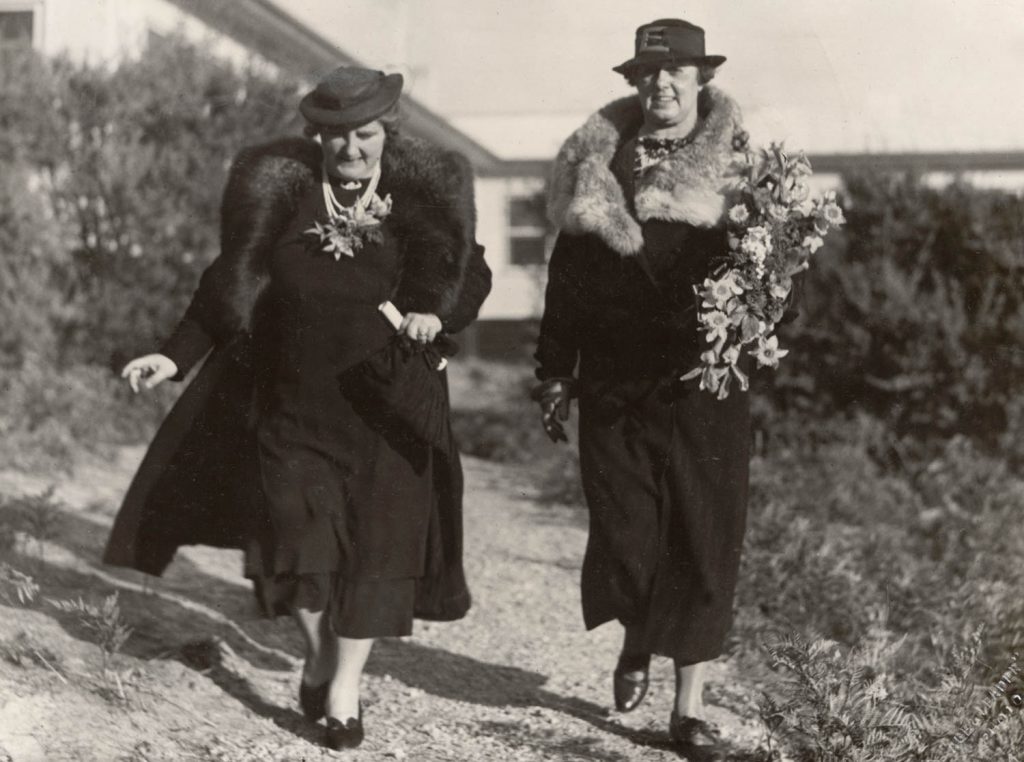
Lady Ella Latham
Involved with the Auxiliaries since 1923 and a committee member since 1926, Lady Ella Latham was elected as president of the Committee of Management in 1933 and held the position until 1954. She guided the hospital through the Depression and the Second World War, and into its modern form.
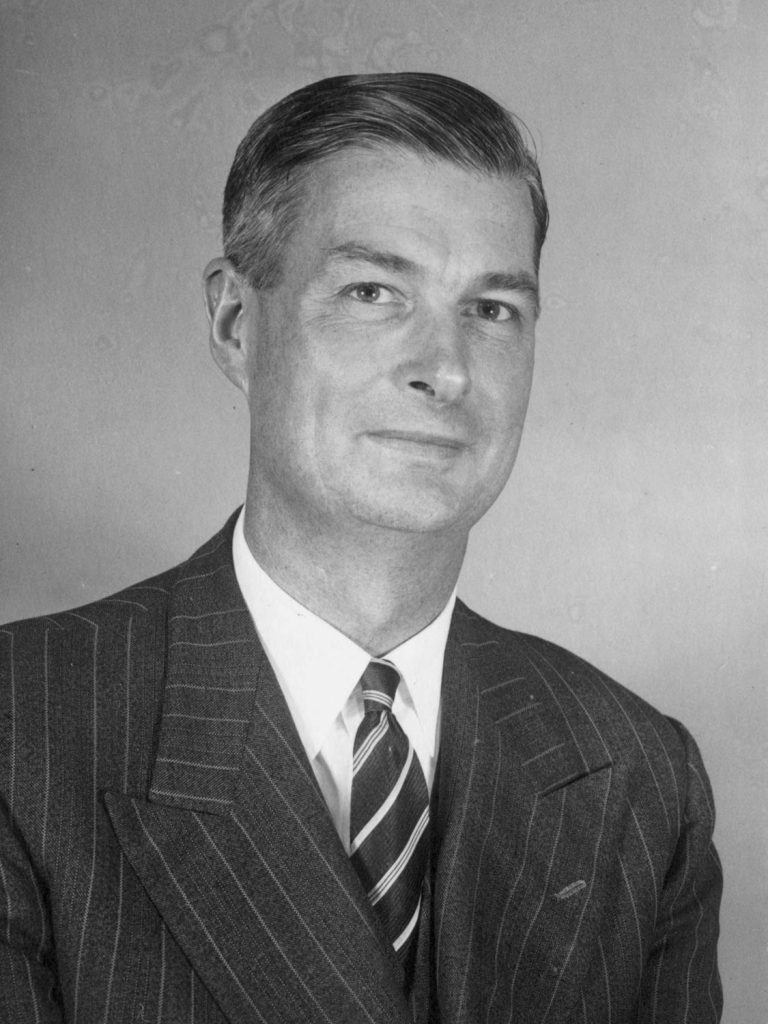
Professor Vernon Collins CBE
Appointed as a physician to inpatients, Collins quickly became medical superintendent. As medical director from 1948 to 1959, he worked closely with Lady Ella Latham to reform the hospital in terms of staffing and patient care. He was with the hospital until 1974.
Ruth Drake
Drake initiated services that became known as Speech Therapy, Audiology, and Psychotherapy. She introduced the hospital to the concept of ‘play therapy’. She was with the hospital until 1964.
Dr Eric Price
Appointed honorary surgeon at The Children’s Orthopaedic Hospital, Price became chief of orthopaedic surgery from 1946-1962 and developed many procedures for the care of orthopaedic patients.

Dr Howard Williams
Appointed medical superintendent, Williams was involved with the hospital until 1975. His clinical paediatric experience and enthusiasm for clinical research had a strong influence on the diversity of services offered by the hospital. In 1948 he was appointed as the hospital’s first full-time director of clinical research.

Dr Elizabeth Turner
The first woman to become medical superintendent at the hospital, Turner also administered the hospital’s first penicillin treatment in 1944 and was instrumental in the development of a travelling incubator to help bring babies to the hospital.
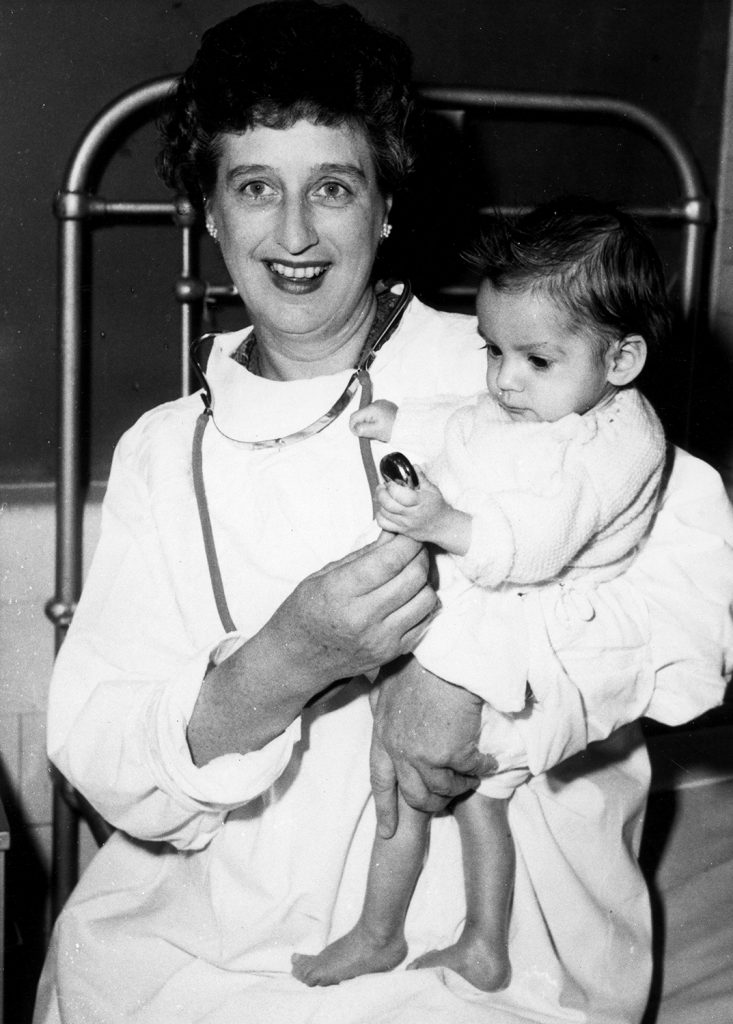
Dr Charlotte Anderson AM
Starting in 1946, Anderson worked at the hospital until 1968. She was a pioneer in clinical research, particularly in the field of gastroenterology, where she made significant contributions to treatments of cystic fybrosis and coeliac disease. She formed the hospital’s Gastroenterology Research Unit in 1961.
Introduction of Diabetic Holiday Camps
Dr Geraldine Amies, a diabetic herself, introduced diabetic camps to help improve the quality of life for diabetic children.
Specialist Appointments
In a show of the professional developments of the time, the hospital committee appointed three new specialists: Mr Reginald Hooper as neurosurgeon; Dr Graeme Robertson as neurologist; and Mr Benjamin Rank as plastic surgeon.

Antibiotic Streptomycin Tuberculosis Treatment
Dr Stanley Williams applied the hospital’s first treatment of tuberculosis with streptomycin.

Matron Lucy de Neeve
De Neeve was with the hospital until 1962 and was a great advocate for the nursing profession, fondly remembered by her staff.

Dr John Perry
Appointed director of pathology, Perry managed an expansion of the department. He became medical director from 1960 and oversaw the move from Carlton to Parkville.
First Trials of Leukaemia Treatment
Led by Dr John Colebatch AO, the hospital implemented the world’s first controlled trial of chemotherapy treatments for leukaemia - previously considered untreatable.
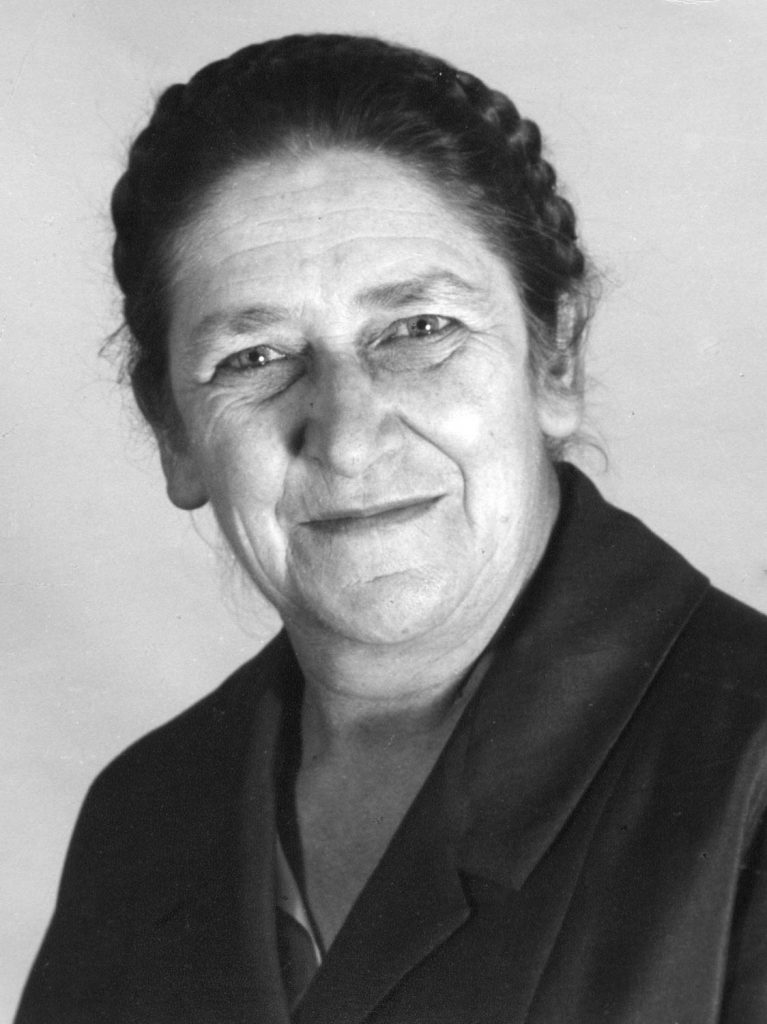
Dr Margaret (Gretta) McClelland OBE
Appointed senior paediatric anaesthetist, McClelland became the hospital’s first full-time director of anaesthesia in 1956 and was with the hospital until retirement in 1970. She was involved in improvement of anaesthetic techniques.
Frances Kruger
Kruger became the first interpreter on staff at the hospital. She had fluent command of five languages.
First Attempt to Separate Conjoined Twins
Neurosurgeon Mr Reginald Hooper conducted surgery on twin girls joined at the head. Sadly, the operation was unsuccessful.
First Male Trainee Nurse
Approved as a training school for male nurses in 1946, it wasn’t until 1952 that the nursing school received an application from a man.
Staff System Reform
Honorary staff positions were symbolically re-named senior medical staff. Staffing reform meant the hospital was able to attract talented new staff.

Child Psychology Department Established
Led by Ruth Wertheim and John Williams.

Mr Peter Jones
Jones began a long surgical career at the hospital. He was a prolific researcher, publisher and regarded as a wonderful teacher. In 1970 he became chairman of the senior medical staff. He also designed the coat of arms for the hospital.

Dame Elisabeth Murdoch AC, DBE
A member of the Committee of Management since 1933, Dame Elisabeth was President from 1954-1965. Her commitment and vision saw many improvements for the hospital, including the move to new premises in Parkville. In 1986 she became a co-founder of the Murdoch Institute for Research into Birth Defects.
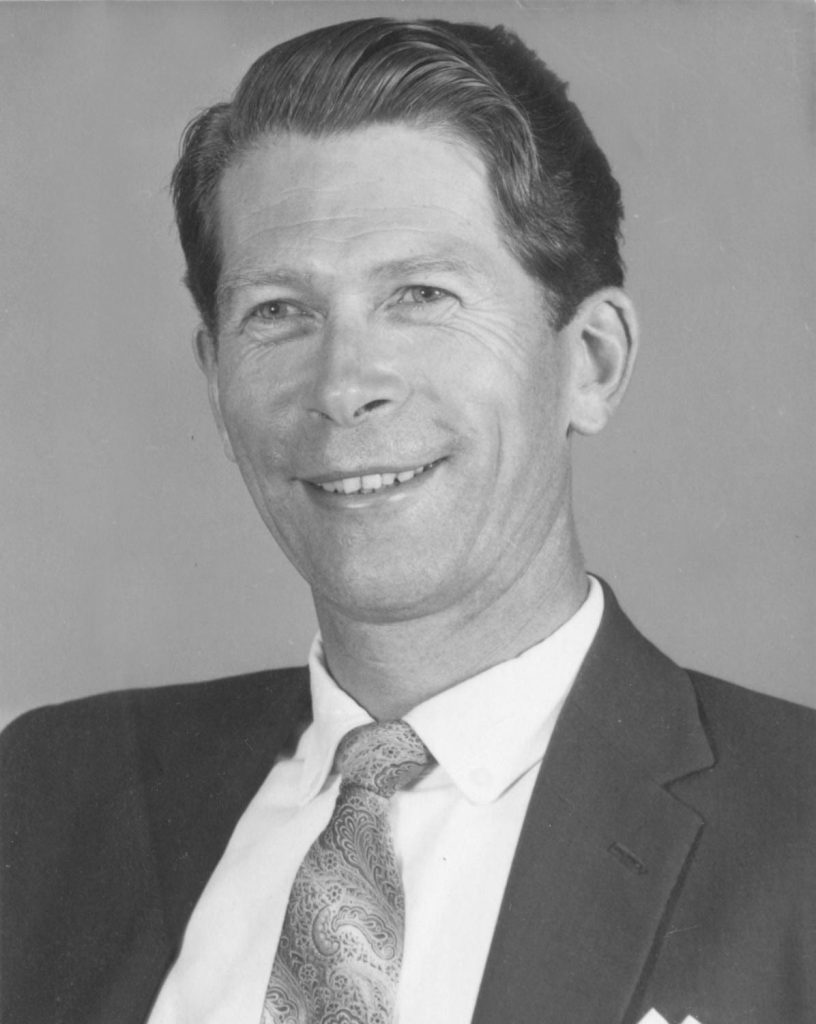
Dr Harry Hiller
Appointed director of radiology, Hiller introduced many improvements in the way of equipment and techniques.

Dr Winston Rickards AM
Appointed as the first director of psychiatry, Rickards developed a multi-disciplinary approach to child mental health and his research achieved many breakthroughs.

Eddie Keir OAM
Keir became chief audiologist and remained in the role until 1997. He had a background in electrical engineering and child psychology and under his guidance the Audiology Department addressed the behavioural problems of children with hearing impairments.

Dorothy Cook
Cook became chief pharmacist and was instrumental in the rapid growth of the department, particularly after the move to Parkville.
Image credit: Laurie Richards Studio

Dental Clinic Formally Established
The hospital has provided dental services since 1899, however the full-time appointment of Associate Professor Roger Hall as paediatric dentist in 1960 resulted in the development and independence of the department.

The Spina Bifida Clinic Established
Co-ordinated by Dr Keys Smith, the clinic was soon the second biggest in the world.

Volunteer Services Established
Carmen Winter held a key role in organising this new service.
Nurse Elizabeth Jackson
Jackson became one of the first nurses to be sponsored to train overseas. Her leadership of the Psychiatric Unit was crucial to its success.
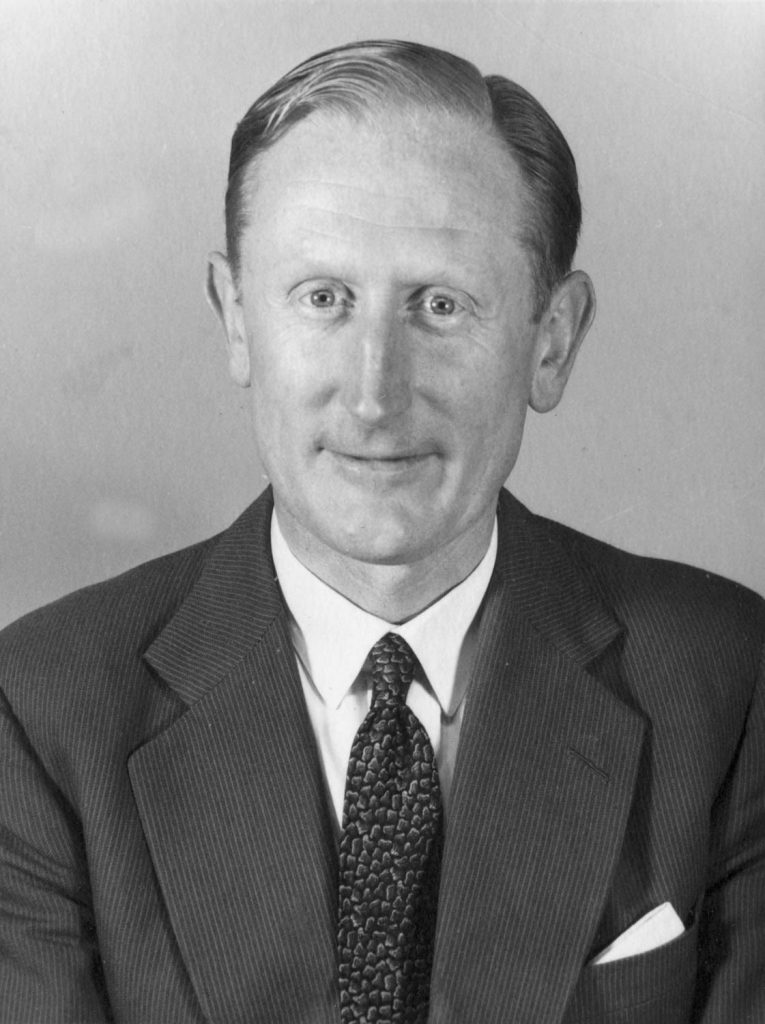
Endocrine Clinic Formally Established
Of particular relevance to the care of children, Dr Norman Wettenhall AM’s interest in endocrinology was formalised as a specialty area of research.
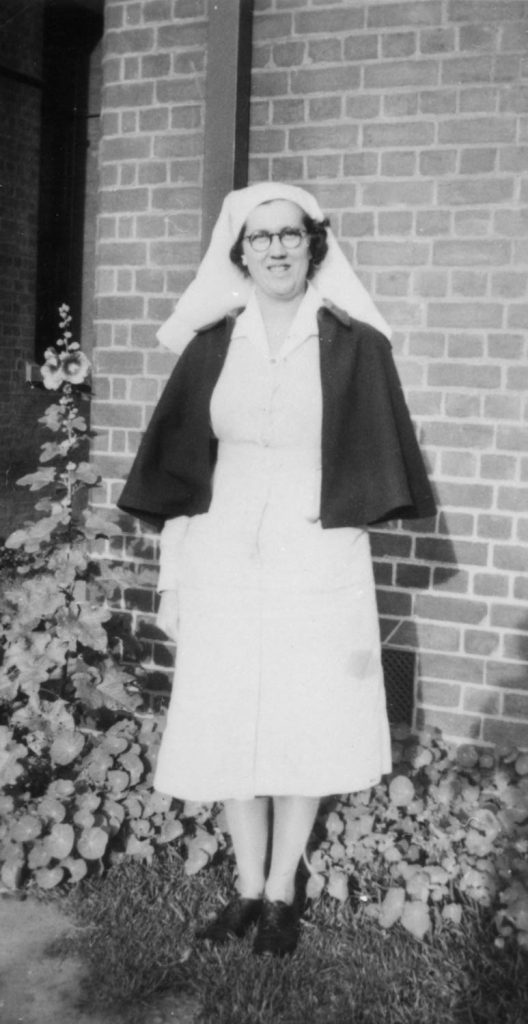
Matron Joan Gendle
The first hospital-trained nurse to gain the director of nursing position. Gendle oversaw the nursing staff during the move to Parkville and stayed in the role until 1969.

Official Parkville Opening
February 25th, 1963
Queen Elizabeth II and Prince Philip officially open the new premises at Parkville.
Mr E Durham Smith AO
After many years managing the paediatric clinic at the Alfred Hospital, Smith became surgical consultant at the RCH, where he greatly contributed to paediatric urology research and surgical developments.

Dame Patricia Mackinnon DBE, CBE
A member of the Committee of Management since 1949, Dame Patricia was president from 1965-1979. Her devotion and capable leadership saw her positive influence on the hospital during the ‘golden age’ in the new building.

Dr L.E.G. Sloan
Appointed medical director, Sloan was instrumental in addressing the issues that arose with a reduction in funding in the late 1970s. He was with the hospital until 1981.

Professor David Danks AO
Danks was a physician at the hospital who specialised in treating patients with liver disease, before moving into genetics research. In 1986 he became a co-founder of the Murdoch Institute for Research into Birth Defects.

Dr Kester Brown AM
Appointed as medical officer in 1967, Brown became the director of anaesthesia in 1974 and stayed in the role until 2000.
Dr Ian Hopkins OAM
The first in Australia to specialise in paediatric neurology, Hopkins was assigned as head of neurology, where he introduced many improvements and technological advancements.
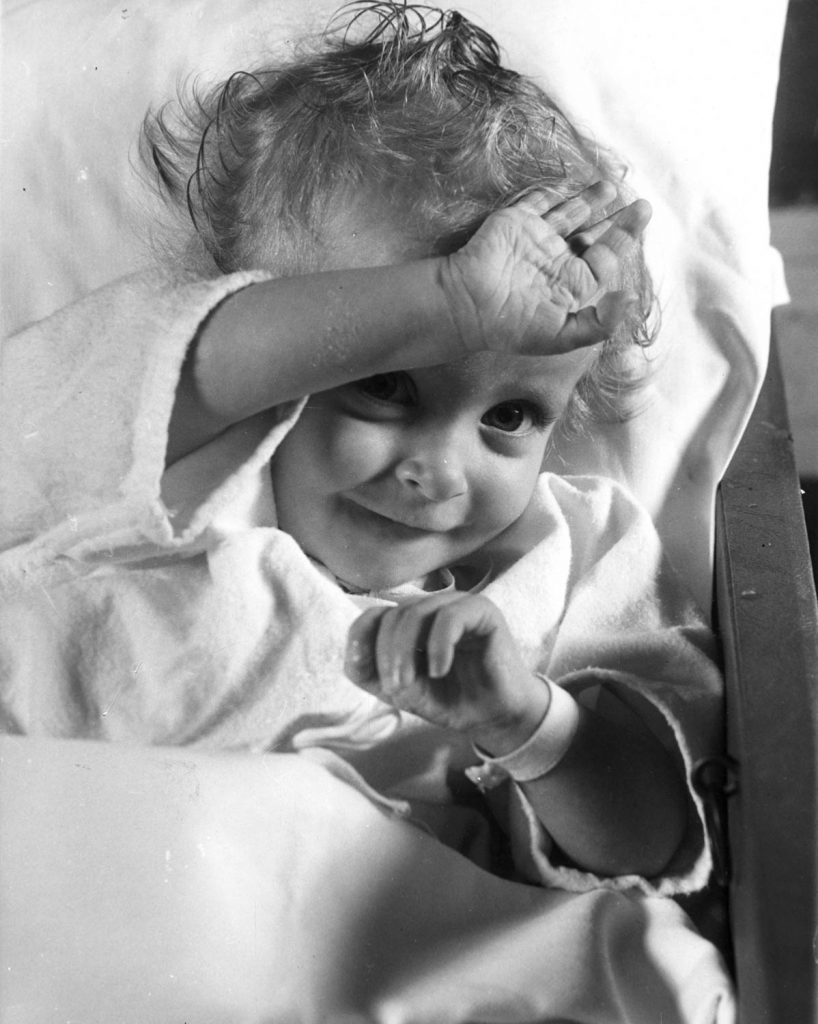
Cardiology Department Formally Established
Cardiology as a specialisation had been developed since the 1950s under the leadership of Dr Mostyn Powell. Powell’s trainee Dr Alex Venables was appointed director.
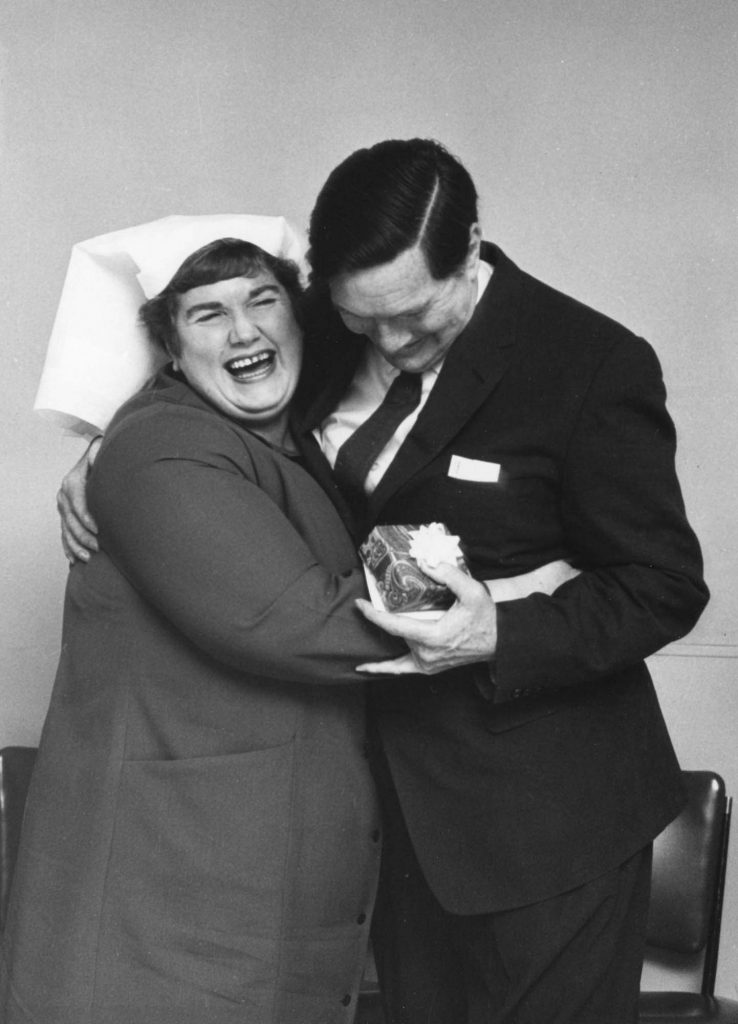
Matron Elaine Orr
Previously matron at The Children’s Orthopaedic Hospital, Orr was recruited as director of nursing for the main hospital. She introduced modernisations to nursing uniforms.

International Paediatric Surgery Congress
Leading paediatric surgeons presented papers at the hospital, organised by surgeon Mr Nate Myers AM.

Nephrology Clinic Formally Established
Under direction of Dr David McCredie AM, facilities for dialysis treatment of children were established.

Rotavirus Discovered
Professor Ruth Bishop AC, Dr Rudge Townley, Professor Geoff Davidson, and Associate Professor Ian Holmes, discovered rotavirus, a common cause of gastroenteritis.
Department of Thoracic Medicine Established
Professor Peter Phelan AM was appointed director.

Two Sets of Conjoined Twins Safely Separated
In August the Foo twins, Yew Sun and Yew Te, were separated by Mr Peter Jones. In October the Priestly twins, Grant and Andrew, were separated in an operation headed by Mr Nate Myers AM.
Dr Max Robinson AM
Appointed professor at the University of Melbourne, Robinson introduced formal clinical exams.
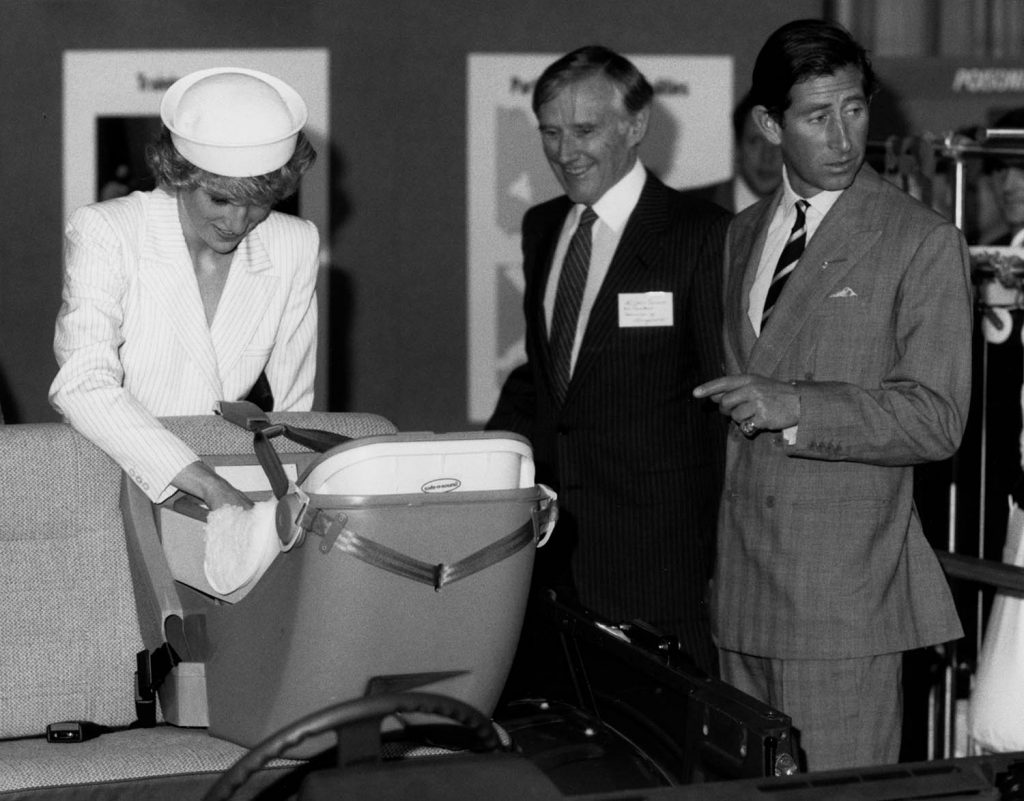
Child Accident Prevention Centre
Established by a former staff member, Dr A Murray Clarke, with the aim of preventing accidents through education and research.
Lady Rosemary Derham
Elected as president of the hospital's Board of Management, Lady Derham held this position until 1983.

Dr Barry Catchlove AM
Appointed as CEO in 1981, Catchlove made a great many structural and staffing changes. He held the position until 1991.
Outpatient Facilities for Teenagers Established
First Male President of the Hospital Committee
Ken Keown was elected as president of the hospital Board of Management, ending the long history of a woman-led management committee.

Interpreter Services Established
Silvio Proy became the hospital’s first formal medical interpreter in 1971. Interpreter Services became its own department in 1982 and Proy established standards and training for professional interpreters. Prior to this, volunteer services had been heavily relied on to interpret for families.
First Aboriginal Liaison Officer
Ruby Lako was the first person to be appointed to this new role, funded by the Health Commission. It was a difficult position – the indigenous status of patients was not recorded by the hospital at the time.
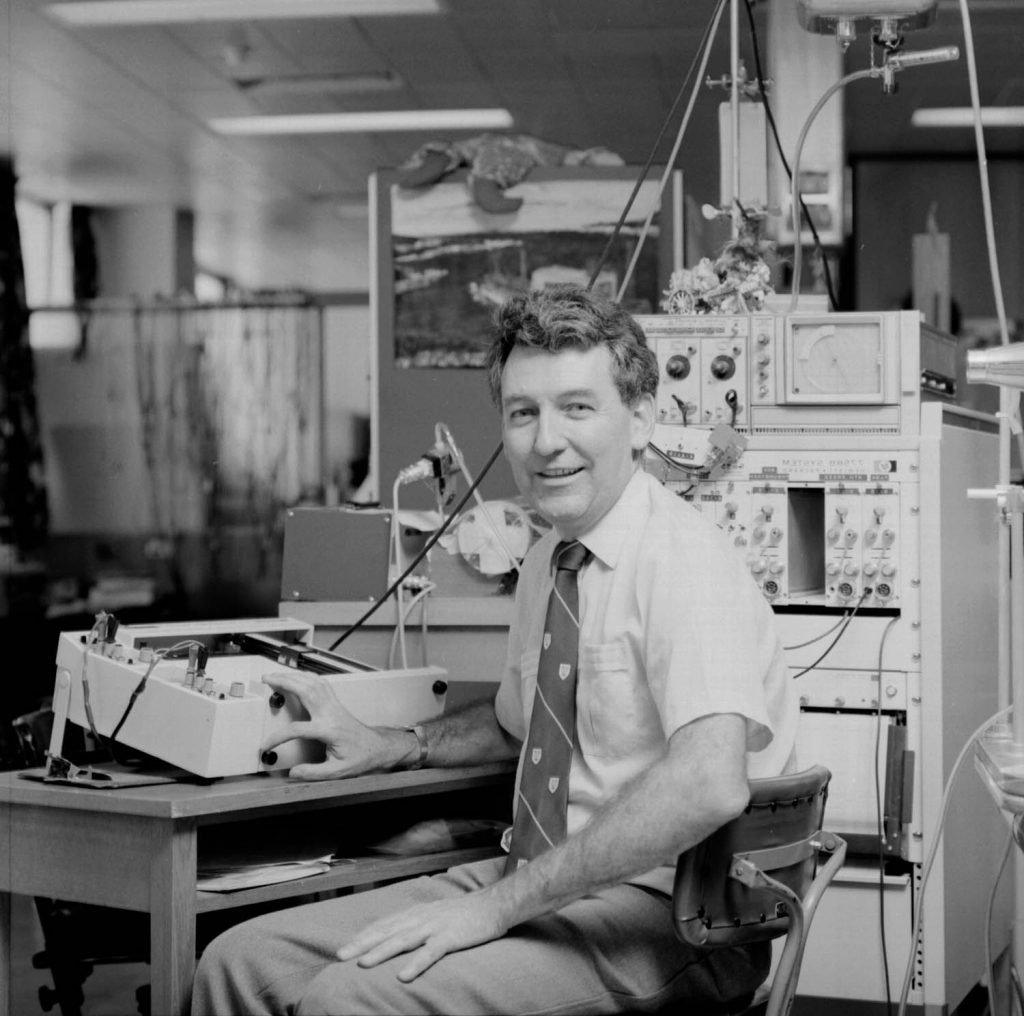
Professor Peter Phelan AM
Phelan was installed as professor of paediatrics at the University of Melbourne. Revision of the paediatric curriculum allowed increased specialisation in paediatrics.
Murdoch Institute launched POSSUM
Developed by the hospital’s staff, including Professor David Danks AO, Dr Agnes Bankier OAM and Dr David Pitt, POSSUM was designed to record and identify birth defect syndromes.
RCH Medical Alumni Association Established
The group is membered by medical and dental professionals who have spent time working at the RCH.
First Heart Transplant at the RCH
October 5th, 1988
Chief Cardiac Surgeon Mr Roger Mee AO performed the operation, with the support of a talented cardiac team.
Professor Margot Prior AO
After a distinguished career as an orchestral musician, Prior returned to studying and became a Professor of Clinical Psychology. At the RCH, she was the first woman in Australia to be appointed as director of psychology.

First Aboriginal Family Support Worker
Neville Austin was appointed to this role, which was created after much advocacy from the Aboriginal Liaison Policy Advisory Committee.
Image credit: Peta Philp
RCH International Established
Based on the success of Professor Garry Warne AM’s annual lectures at the National Hospital of Paediatrics in Vietnam, a new department was established. Initially known as Children's Hospital Asia-Pacific Alliance, RCH International used grants to build programs, design facilities and provide training for Asian hospitals and their staff.
Publication of ‘RCH: a History of Faith, Science and Love’
Researched and written by historian Dr Peter Yule, the book is a comprehensive review of the history of the hospital.
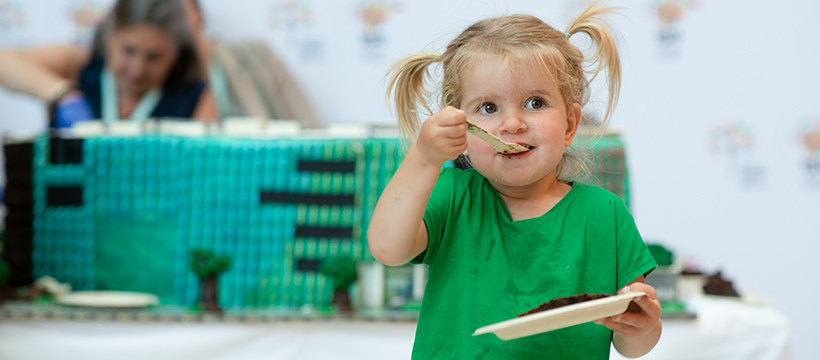
150th Anniversary Since Foundation
The hospital celebrates 150 years of great care for Victorian children.
Image credit: Alvin Aquino









































































